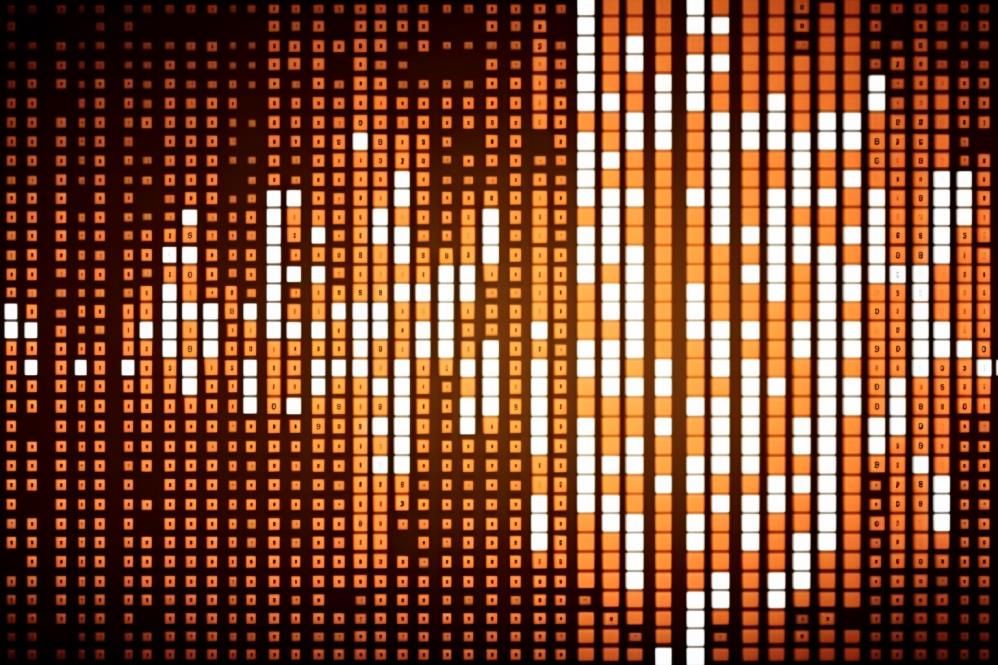How Ordinals Inscriptions Are Impacting Bitcoin

The popularity of Ordinals, or Bitcoin NFTs, has surged, with over 89,000 digital tokens now in circulation. However, while this new sector in NFTs has generated much excitement among the Web3 community, some experts have raised concerns about the underlying technology driving the trend. Now, this growth in the Ordinals ecosystem may be causing network congestion and putting a strain on the Bitcoin blockchain.
Bitcoin Blocks Are Experiencing a Surge In Activity
Casey Rodarmor, a software engineer, launched the Ordinals protocol on January 21, allowing direct data inscription on the Bitcoin blockchain. Unlike NFTs on other chains, Ordinals are referred to as "true NFTs" because they are inscribed directly on-chain rather than pointing to off-chain data.
While this on-chain capability has led to excitement within the NFT community, it also means that Bitcoin NFTs are taking up a lot of space, leading to network congestion. This issue has arisen as Bitcoin has historically only been used for monetary transactions, making block storage capacity less of a concern until now. As more users join the Ordinals ecosystem, network congestion is expected to continue as more traffic is generated.
The maximum size of a Bitcoin block is theoretically 4MB, but in reality, they are more often between 1-2MB due to practical limitations. Some experts suggest that 2MB is a more realistic maximum block size. However, since the launch of Ordinals, the upper range of the mean Bitcoin block size has increased significantly from 1.5-2.0MB to 3.0-3.5MB. This increase in size has led to network congestion. The first Inscription in the Taproot Wizards collection made history as the largest block and transaction in Bitcoin's history at 4MB on February 1.
Short term Increase
Since the introduction of Ordinals, mining large blocks has become commonplace and necessary, resulting in higher transaction fees on the Bitcoin blockchain. The day before the protocol's launch, transaction fees reached 3.28%, and on February 13, fees peaked at 5.68%. However, Glassnode reports that these spikes are short-lived and that a significant surge has yet to occur.
Despite concerns about blockchain accessibility, the total number of Bitcoin wallet addresses holding assets has surged to a new all-time high of over 44 million. This increase is primarily due to new users and Ordinals data rather than coin volume. While some Bitcoin supporters welcome the Ordinals market, others worry about its impact on accessibility.
Check our guide of the most promising crypto




